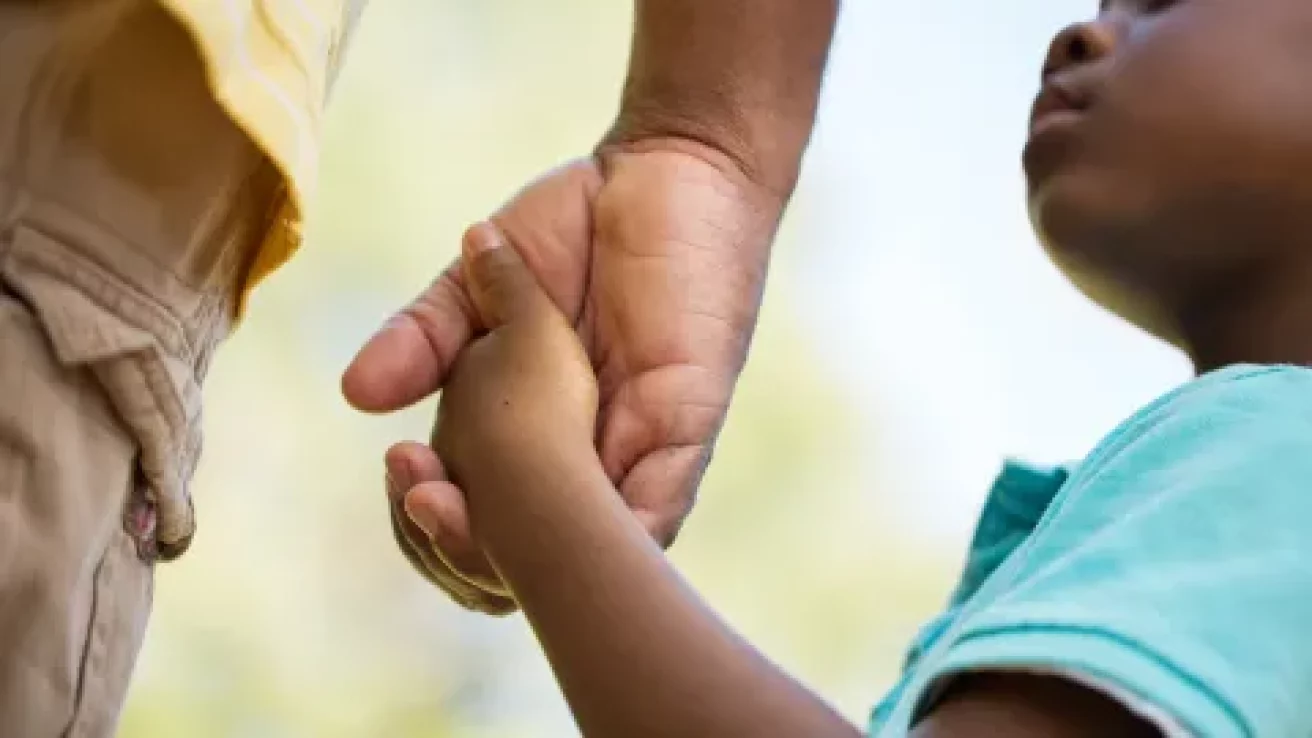A recent systematic review assessed different treatment modalities for pediatric Alopecia areata (AA). Topical corticosteroids are the first-line treatment of AA in children.
Alopecia areata (AA) is an auto-immune disorder that involves non-scarring hair loss. AA has a slightly greater prevalence in the pediatric population than in adults. Approximately 80% of individuals with patchy limited AA recover spontaneously. A systematic review was conducted to evaluate treatment modalities for AA in children.
The results of the study suggested a variety of therapeutic modalities for pediatric AA. Concerning topical therapies, anthralin was associated with 32–33% response rates and 9.5–64% relapse rates. Maximal response was observed in approximately 9–15 months. The localized side effects included regional lymphadenopathy and staining of the skin. Contact immunotherapy with diphenylcyclopropenone (DPCP) is a frequently utilized treatment for pediatric AA. DPCP response rates were 0–33.3%, and the relapse rates were 12.5–58.3%. Treatment with squaric acid dibutyl ester (SADBE) was associated with 0–33.3% response rates and 62.5–100% relapse rates. Better response rates were observed with SADBE than with DPCP.
Cryotherapy was associated with complete response in 20.8% of patients < 10 years old. The localized side effects of cryotherapy include pain, inflammation, swelling, and pruritus. Minoxidil is an adjunctive treatment for AA, and the side effects include extensive hypertrichosis. Topical calcineurin inhibitors are not effective for AA, with only 29% of the patients showing minimal response. High-potency topical corticosteroids are the first-line treatment in terms of safety and effectiveness for patchy AA in children. These are well-tolerated in the pediatric population with potential side effects, including folliculitis, skin atrophy, and telangiectasis. Topical prostaglandins promote eyelash and scalp hair regrowth.
Systemic therapies for pediatric AA include corticosteroids, hydroxychloroquine, sulfasalazine, mesalazine, ustekinumab, Janus kinase (JAK) inhibitors, baricitinib, ruxolitinib, and tofacitinib. The most studied treatment for AA is systemic corticosteroid therapy, with approximately 34% response and 16.7–100% response rates with traditional oral doses. In conjunction with minoxidil and/or topical corticosteroids, hydroxychloroquine has an 11% complete response and a 55% partial response rate. Methotrexate alone or with systemic corticosteroids/azathioprine has 17.9% complete and 47.9% partial response rates with a dosage of 2.5–25 mg/week. The relapse rate with methotrexate is significantly lower in children than in adults. A 91% improvement rate was seen with ruxolitinib as per the SALT score, without side effects. A total of 82% of patients with AA treated with tofacitinib exhibit complete or partial response. Patients with alopecia universalis (AU) or alopecia totalis (AT) were less likely to respond to the treatment.
Patients treated with laser therapy demonstrated a 58.8% response rate with side effects, including desquamation and mild scalp erythema. Adolescent patients treated with phototherapy experience partial response, while phototherapy for the treatment of pediatric AA is mainly ineffective. In summary, AA in children has a variable course and significant psychological outcomes. The preferred first-line therapy for pediatric AA is topical corticosteroids.
References
Barton, V. R., Toussi, A., Awasthi, S., & Kiuru, M. (2022). Treatment of pediatric alopecia areata: A systematic review. J Am Acad Dermatol, 86(6), 1318-1334. https://doi.org/10.1016/j.jaad.2021.04.077









